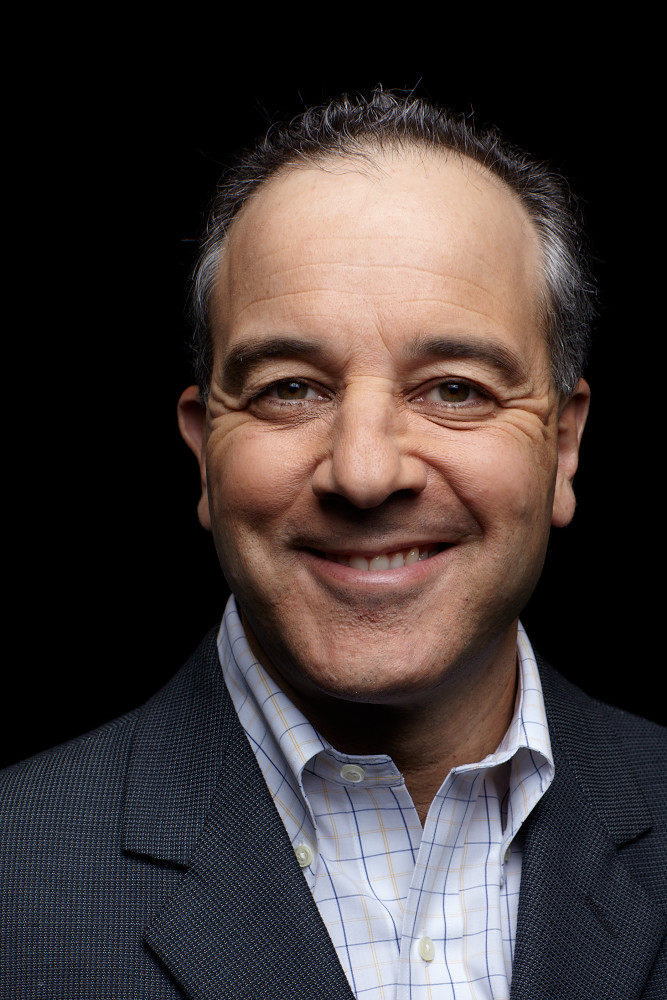Participating in the conversation: A physician’s responsibility

As physicians, we live in interesting times. Over a decade ago, the world was led to believe that vaccines were the cause of autism. The mainstream media bought into the views of celebrities who took up arms against vaccines.
Most watched as the dialogue surrounding vaccines was hijacked by the shrill voice of a vocal minority. As pediatricians we were forced to react to the effects of misinformation.
But times have changed and now individual pediatricians have developed the capacity to talk back. Blogs, Twitter, Facebook and other forms of democratized media have given every physician a voice.
A world once made up of broadcaster and audience has changed. And the physician audience has become the empowered broadcaster.
Joining the conversation
Last week a CBS news affiliate in Las Vegas, 8NewsNow, aired a segment that questioned the need for childhood immunizations and offered the dangerously irresponsible suggestion by a chiropractor that deadly childhood diseases could be prevented with diet.
I decided to participate in the conversation by posting a comment to the station’s site. After two days without my comment receiving approval, I posted my comments on my blog and spread the word via Facebook, Twitter, Google+, and LinkedIn.
After a storm of public dialogue including coverage by the Forbes blog, 8NewsNow released my comments, and others, that had been held in queue for nearly four days.
Responsibility of physicians
As physicians, we have a moral responsibility to weigh in on dangerous inaccuracies in the media. This can take the simple form of comments, “likes,” and Tweets. This type of collective social action is simple, powerful and effective.
Imagine a simple comment from every faculty member at Baylor College of Medicine or from each of the American Academy of Pediatrics’ 65,000 pediatricians. We are in a position to own the search engines through our collective participation.
And most of us have the means to contribute right from our smartphones.
Times have changed. We can create the ideas that change the way our patients think and behave. We can become active participants in the online dialogue, or we can let others control the conversation.
–Dr. Bryan Vartabedian, assistant professor of pediatrics. Read more about his work on social media and medicine on his blog, 33 Charts.




Dr. V – as awesome as it would be to have 65,000 pediatricians comment, “vaccines are safe, effective, and great,” I’m not sure I understand what that would directly accomplish. I think that strategy may still be a little bit too “traditional,” and the real opportunity is to get 65,000 pediatricians to submit pictures of themselves wearing a t-shirt that says, “I’m Vaxy and I know it.” And then we geo-tag each picture and pediatrician on google map to show how much of the nation we have covered with pro-vax docs. Then, we get each pediatrician to submit a scanned copy of their own personal vaccine record to show patients that pediatricians practice what they preach.
We create a movement among the medical community first, and give the patients something to follow.
Ed C (Rice alum living in Houston)
I think you’re suggesting that there’s too much noise to notice a garden variety message. That’s an excellent point and there’s clearly room for creative ways to send a signal.
I think that there may be value to traditional content (comments, short videos, blog posts) since this is the material that searches and lives in the long tail. In the early 2000’s, when an anxious mother took to Google to understand ‘vaccines and autism’ she only caught the propaganda. The only way that this could have been countered is with the raw generation of searchable information that competes with the nonsense. This should have been the responsibility of those 60k docs. But that was then and few docs were comfortable even acknowledging their public presence, let alone pitching in.
So while your suggestion is creative, I do think that content creation has to be a part of the broader strategy to help the public understand fact from fiction.
Either way, I want one of those t-shirts when they’re printed! And thanks for chiming in. It’s great to know people are listening and, more importantly, thinking.
Dr.V –
Is there anywhere on the web I can read about what you do in terms of an advisory role for health start-ups? I think you mentioned on 33charts that you do sit on the board of doximity.
Thanks
Pingback: The new exam room: Mapping patient-physician interactions online | Common Sense
Pingback: Take Back the Conversation on End-of-Life Care | in-Training
Pingback: When to get vaccinated? Expert provides vaccine reminders